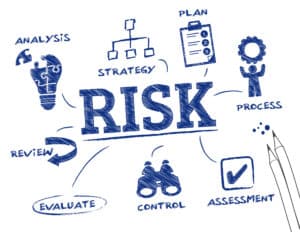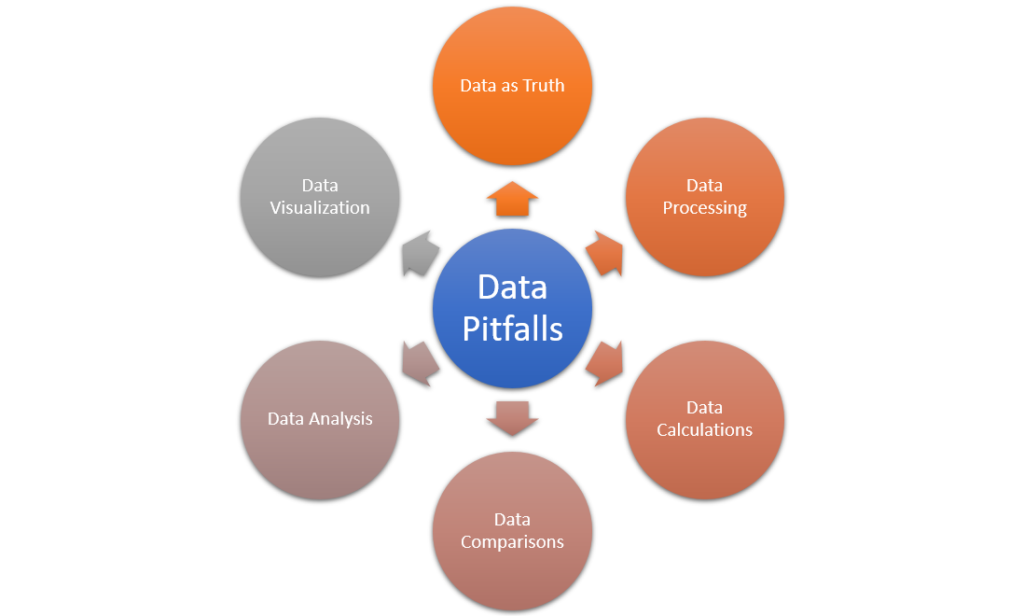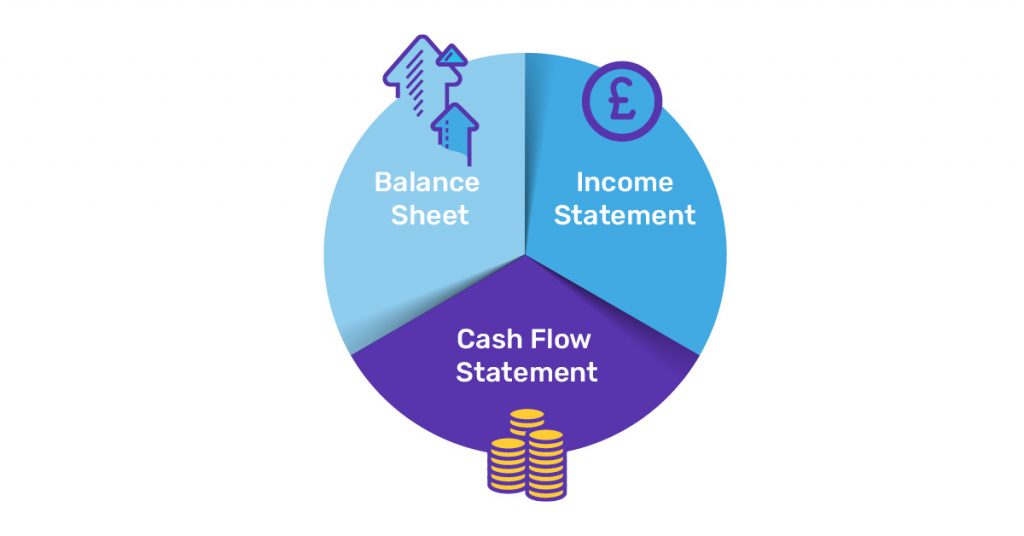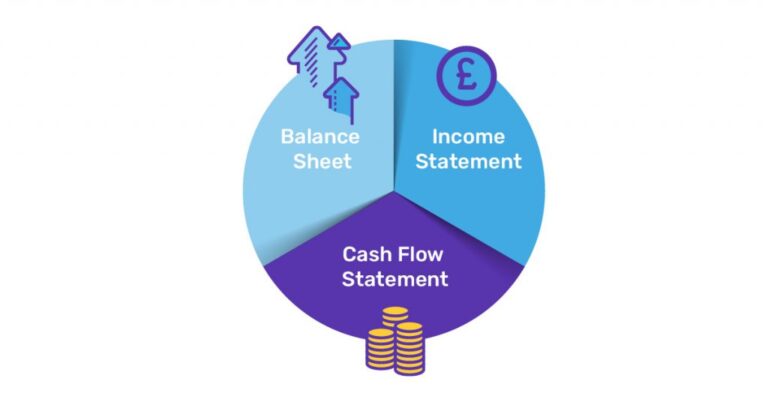Testing a business idea is a critical and transformative process that bridges the gap between a simple concept and a successful business model. As we navigate through 2025, the rapid evolution of market dynamics and technological advancements demands a meticulous and strategic approach to this process.
A well-defined strategy is essential for effectively assessing the feasibility of your idea, making informed decisions, and refining your concept to meet market demands. This guide provides a thorough, structured roadmap to support you in every testing and evaluation phase.
By following this comprehensive framework, you can systematically address potential challenges, gather valuable insights, and make necessary adjustments to enhance the viability and success of your business idea in a competitive landscape.
Why Testing Your Business Idea is Crucial
Testing your business idea before fully committing to its implementation is crucial for several reasons:
1. Mitigate Risks

Early testing provides an opportunity to identify and address potential pitfalls and challenges before investing significant resources. This proactive approach allows you to troubleshoot and resolve issues before they become more costly problems. By detecting weaknesses and unforeseen obstacles early, you can save time and money and adjust your strategy to avoid expensive mistakes.
2. Validate Market Demand
Testing your business concept helps confirm whether there is genuine market demand for your product or service. This validation is essential to ensuring that your offering meets the needs and desires of your target audience. It prevents the risk of launching a product that lacks market interest, ensuring that your business is investing in something other than an idea with insufficient demand.
3. Refine Your Concept

Through testing, you gather valuable feedback from potential users and stakeholders. This feedback is instrumental in refining your product, allowing you to make iterative improvements. By incorporating insights gained during testing, you can fine-tune features and make necessary adjustments to better align with market expectations and enhance the overall value of your offering.
Formulating and Testing Business Hypotheses
1. Define Your Research Objectives
Clearly articulate the specific aims of your research. This includes identifying what you need to validate, such as market demand, product functionality, or customer preferences. Setting specific, measurable goals helps ensure that your research is focused and effective. For example, you could determine if there is a demand for a new product or if a specific feature will enhance user satisfaction.
2. Gather Relevant Background Information

Conduct comprehensive research on industry trends, competitor offerings, and market conditions. This background information helps you build a foundation for your hypotheses and ensures they are grounded in real-world data. Understanding current trends and market dynamics will inform your assumptions and guide the development of realistic and achievable hypotheses.
3. Formulate Initial Hypotheses
Develop testable assumptions based on your research. These hypotheses should relate to key areas such as customer needs, market responses, or product performance. Ensure your hypotheses are specific and measurable, making them easier to test and validate. For example, you might hypothesise that a new feature will increase customer engagement by a certain percentage.
4. Identify Key Variables and Metrics

Determine the critical variables and metrics that will be used to assess your hypotheses. Essential metrics include customer satisfaction scores, conversion rates, and engagement levels. These metrics will help you evaluate the success of your hypotheses and make informed decisions based on data.
5. Select Appropriate Testing Methods
Choose the most suitable methods for testing your hypotheses. Common methods include:
- Surveys: Collect quantitative data on customer preferences and market needs.
- Interviews: Gain qualitative insights through detailed conversations with potential customers.
- Prototypes: Test preliminary versions of your product to gather feedback on design and functionality.
- Market Experiments: Conduct small-scale trials to observe your product’s performance in market conditions.
6. Develop Testing Materials
Prepare all necessary materials for your testing methods. This might include survey questionnaires, prototype models, or experimental setups. Ensure that these materials are designed to capture the data needed to test your hypotheses effectively.
7. Collect Data

Execute your testing methods and gather data from representative samples. Ensuring that the data collected is reliable and relevant to your hypotheses is crucial. Proper data collection helps in obtaining accurate and actionable insights.
8. Analyze and Interpret Data
Analyse the data using statistical methods for quantitative data and thematic coding for qualitative feedback. This analysis will help you understand how well your hypotheses hold up in practice and provide insights into areas for improvement.
9. Evaluate Hypotheses
Compare the data collected against your initial hypotheses. Assess whether the findings support or contradict your assumptions. Based on this evaluation, refine your hypotheses and adjust your strategy accordingly.
10. Iterate and Refine

Use the insights gained from testing to refine and improve your concept. This iterative process allows you to adjust your product or strategy to better meet market needs and expectations. Continual refinement based on feedback helps in aligning your offering more closely with customer desires.
Conducting Market Research
- Understanding Market Trends: Stay updated with industry trends to ensure your product remains relevant and competitive—research current trends to guide product development and positioning.
- Analysing Competitors: Identify and analyse your competitors’ strengths and weaknesses. This analysis helps find market opportunities and gaps your business can exploit.
- Target Market Analysis: Study your target market’s demographics and behavioural characteristics. This provides insights into customer needs and preferences, guiding product development and marketing strategies.
Tools and Techniques

1. Online Surveys
- Digital platforms such as SurveyMonkey or Google Forms allow you to reach a broad audience quickly. Surveys are effective for gathering quantitative data and can be tailored to collect specific information from respondents.
- Best Practices: Use clear, concise questions and ensure anonymity to improve response accuracy. Validate the survey design with a pilot test to refine questions and format.
2. Social Media Analytics
- Tools like Google Analytics and social media platforms’ analytics (e.g., Facebook Insights) help monitor social media interactions, engagement, and sentiment. This method provides insights into customer opinions and trends.
- Best Practices: Track critical metrics such as engagement rates and sentiment analysis. Review and adjust tracking methods regularly based on evolving social media trends.
3. Focus Groups

- In-person or virtual group discussions facilitate in-depth exploration of customer opinions and attitudes. This qualitative method provides rich, detailed feedback on perceptions and experiences.
- Best Practices: Ensure diversity in participant selection to gather varied perspectives. Facilitate discussions effectively and record sessions for accurate analysis.
4. Analysing Data
- Utilise statistical software (e.g., SPSS, R) and coding techniques to process and analyse data. This helps identify patterns, trends, and correlations that provide actionable insights.
- Best Practices: Clean and validate data before analysis. Use appropriate statistical methods to ensure the reliability and validity of findings.
Translating Insights into Action

1. Convert Data into strategies.
- Apply insights from your analysis to refine business strategies. Use data to make informed decisions about product development, marketing strategies, and customer engagement.
- Best Practices: Prioritise insights based on their potential impact. Develop action plans that align with business goals and adjust strategies based on ongoing feedback.
2. Leveraging Feedback Loops
- Minimum Viable Product (MVP)
Develop a simplified version of your product to test core features and validate the concept. This approach helps understand market fit and user needs without extensive initial investment.
Best Practices: Collect feedback from early adopters and use it to make iterative improvements. Ensure the MVP includes essential features that represent the core value proposition.
- Feedback Cycle
Continuously gather and analyse user feedback to refine and enhance your product. Implementing a feedback loop fosters ongoing improvement and helps adapt to user needs and market changes.
Best Practices: Establish regular intervals for feedback collection and analysis. Act on feedback promptly and transparently communicate updates to users.
Common Pitfalls to Avoid

1. Confirmation Bias
Avoid interpreting data in a way that confirms pre-existing beliefs or hypotheses. An objective analysis of all feedback is crucial for accurate insights.
Best Practices: Seek diverse perspectives and challenge assumptions. Implement a blind analysis process to minimise bias.
2. Poor Data Collection
Inaccurate or skewed data collection methods can lead to misleading conclusions. Ensure that data collection processes are unbiased and comprehensive.
Best Practices: Use validated data collection tools and methods. Review and refine data collection protocols regularly to maintain accuracy.
3. Rushing the Process
Hastening the data collection and analysis process can result in missed insights and incomplete validation. Adequate time is essential for thorough testing and analysis.
Best Practices: Allocate sufficient time for each stage of the data analysis process. Prioritise quality over speed and ensure that all steps are completed thoroughly.
Post-Testing Actions

Interpreting Results
1. Analyse the Results
Objective: Assess the data collected from post-testing to gauge the performance and effectiveness of your concept. This involves comparing the results against your initial goals and benchmarks.
Methods:
Quantitative Analysis: Use statistical tools to analyse numerical data for trends, patterns, and deviations. This helps in understanding how well your concept meets its objectives.
Qualitative Analysis: Review feedback and opinions gathered during testing to understand user sentiments and reactions. This can provide context to the quantitative data.
Considerations:
Performance Metrics: Evaluate conversion rates, user engagement, and satisfaction levels.
Feedback Interpretation: Consider any discrepancies between expected and actual outcomes to identify areas for improvement.
2. Determine Next Steps
Full-Scale Implementation: If the results are positive and meet or exceed your goals, plan for a broader rollout. Ensure you address any minor issues identified during testing before scaling.
Further Refinement: If results are mixed or show room for improvement, refine the concept based on feedback. Iterate on design, functionality, or marketing strategies before retesting.
Abandonment: If the results are significantly below expectations and further refinement does not seem viable, consider discontinuing the concept. Document the learnings for future reference.
Decision-Making
1. Make informed Decisions
Objective: Use the insights gained from testing to make strategic decisions about the future of your concept.
Options:
Pivot: Adjust the concept based on testing feedback. This may involve changing the target audience, modifying features, or altering the business model.
Persevere: If the testing results are promising, proceed with the current concept. Develop a detailed plan for full-scale implementation, including timelines and resource allocation.
Discontinue: If testing results indicate the concept is unlikely to succeed, halt further development. Analyse the reasons for failure to improve future projects.
2. Develop a Plan of Action
Implementation Plan: For successful concepts, outline the steps needed for a full-scale launch, including marketing strategies, production scaling, and distribution.
Refinement Plan: For concepts requiring adjustments, create a roadmap for making necessary changes and retesting.
Exit Strategy: For abandoned concepts, plan to wrap up development and communicate with stakeholders—document insights to avoid similar issues in future projects.
Conclusion
Testing a business idea is crucial for transitioning from a concept to a successful venture. This involves validating your hypotheses, conducting thorough market research, and iterating based on real-world feedback. Such a comprehensive approach significantly enhances your chances of success.
Validating your assumptions ensures that your idea aligns with market realities, while market research provides critical insights into customer needs and competitive dynamics. Iterating based on feedback allows you to refine and perfect your idea, ensuring it effectively meets market demands.
Embracing this process is a valuable opportunity to ensure your business idea is well-positioned to succeed in a competitive landscape.












